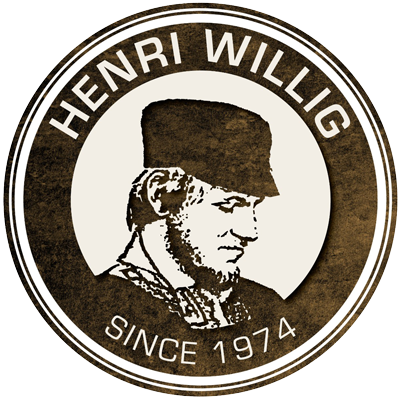Netherlands and Belgium: Cheese and Chocolate Indulgence
Amsterdam, Brussels

Amsterdam: 4 nights
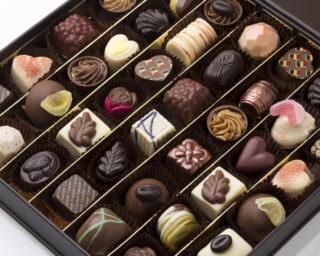
Brussels: 4 nights
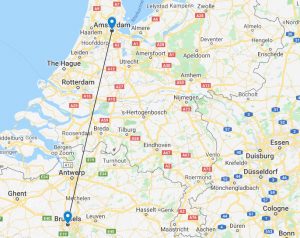
9 days Itinerary:
The land of the Windmills,Tulips and Van Gogh is also famous for some of the best quality Cheese in the world. Cheese production in the Netherlands dates back as far as 200 BC and found a mention in Julius Caesar’s book too. Dutch soil is suitable for the green pastures required for rearing dairy cattle, which explains the large quantity of cheese produced.

Today, the Netherlands is one of the highest producers as well as the second highest exporter of cheese worldwide. The number of dairy cattle is rivalled only by the number of tulip bulbs, making cheese and tulips an integral part of Dutch life.
Amsterdam: 4 nights
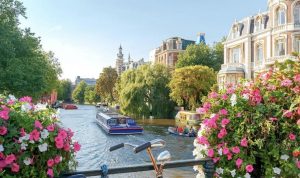
Amsterdam, the capital of the Netherlands, is like no other city in the world. It is the home of Rembrandt, Van Gogh, Anne Frank, canals, bicycles and the red light area. Due to the distinctive character of its old centre, Amsterdam is one of the most famous cities of Europe. Many of the cheese markets and farms are easily accessible from Amsterdam. So, it makes for a convenient base to visit the various places.
Types of Cheese:
Netherlands produces many varieties of cheese, the most famous ones being Gouda and Edam. Dutch cheese, like wine, also has a designation of origin. This ascertains the quality and gives the identity. The name is given usually after the name of the town where it was originally made or traded.
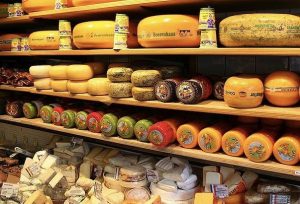
Dutch cheese is known for its mild flavour and creaminess and it is mostly hard or semi-hard.
Some of the most popular cheeses are:
Gouda: 
Gouda is the best known Dutch cheese and accounts for over half of Netherlands’ total cheese production. It is named after the town where it was originally made. It is made from pasteurized cow’s milk and aged anywhere from 3 months to more than 5 years. It is semi-hard, creamy and flavourful.

The wheels are made in various sizes, weighing from 200g to 20 kg. Gouda goes well either as a table or dessert cheese and is perfect with fruits and wine.
Edam: 
Edam is second only to Gouda in production and popularity in the Netherlands. It is named after the town of the same name. It is a cow’s milk cheese, semi-hard and covered in red or yellow wax. It is mild, nutty and salty in taste and goes well as an appetizer with wine and fruits. It is also great for sandwiches, sauces and soups.
Maasdammer: 
This cheese was created in the 1980s as an alternative to the Swiss Emmentaler, but cheaper and quicker to produce. It is made from cow’s milk and has a nutty flavour. Maasdamer is semi-hard and has internal holes. It is eaten as a snack, as well as in sandwiches, fondue etc. and goes well with wine and beer.
Boerenkaas: 
Boerenkaas, also known as farmer’s cheese, is an artisanal cheese made from raw milk. It requires at least half of the cow’s milk used, to come from the same farm and the rest from no more than 2 farms. Boerenkaas is semi-hard and has an intense flavour. Some varieties also have seeds, herbs and spices added for a different flavour.
Old Amsterdam: 
Old Amsterdam is a hard, textured and mature cheese. It is made from cow’s milk and has variations in taste according to its maturity. It is used in a variety of foods, cooked or raw.
A few of the others are:
Leidse Kaas: Originating from Leiden, flavoured with cumin
Nagelkaas: Flavoured with cloves
Delft Blue: Colour like the Delft pottery, a mild, blue cheese
Geitenkaas (Goat cheese): Pale in colour with a sharp taste, a very popular culinary export from the Netherlands.
Prima Donna: A cheese similar to the Italian Parmesan.
The Cheese Markets:
Though the cheese is made in factories and farms, the Dutch cheese markets are the best way to experience the trading rituals while also getting a chance to taste all the different cheeses.
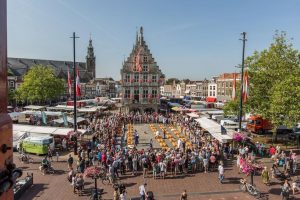
Traditionally, the Dutch cheese farmers brought their cheese to the town’s market square to sell. Teams of official guild porters carried the cheese in barrows, wearing different coloured straw hats representing their forwarding company. Buyers sampled the cheeses and negotiated the prices using a hand clapping and shouting out the price method. Then the cheese was weighed in the weighing house. And the deal was concluded.
There are five main cheese markets in the Netherlands. They are Gouda, Alkmaar, Edam, Hoorn and Woerden. The markets in Gouda and Woerden are still functional trading markets and the others are touristy versions with a re-enactment of the old world, traditional atmosphere. Most of these markets are open only during the summer months.
( Around 1 hour by car or train from Amsterdam)
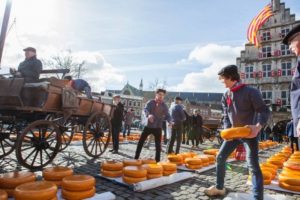
Visiting the Gouda cheese market is like stepping back in time. The spectacle of the horse drawn carts carrying cheese wheels takes you back to 1395 when this market was first started. The festive atmosphere draws thousands of tourists each year to Gouda. The market square is surrounded by stalls selling cheese, Dutch food and souvenirs. The cheese market happens from April to August on every Thursday morning.
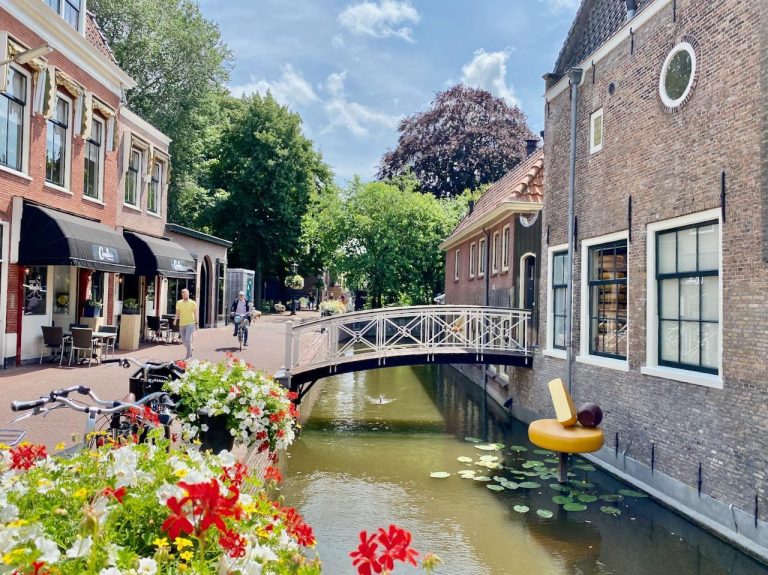
Gouda is also a picturesque city with historic buildings, beautiful streets and nice cafés. The old weighing house has been converted to a museum and craft centre to help people learn about the history of Gouda and its famous cheese market. Ceramic Ware and Stroopwafels of Gouda are also very famous.
(Around 30 min by car or train from Amsterdam)
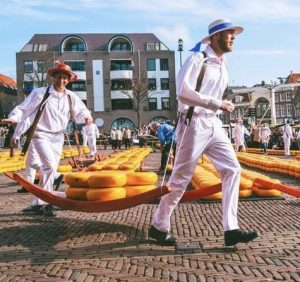
This is the most famous of all the cheese markets of the Netherlands. It follows the traditional guild rules applicable to dressing and rituals from its beginnings in 1365. Cheese is carried on wooden barrows by cheese porters in a peculiar walking gait. The whole atmosphere is very vibrant.
The Alkmaar market is held from April to September on every Friday morning and on Tuesday evenings in July and August.
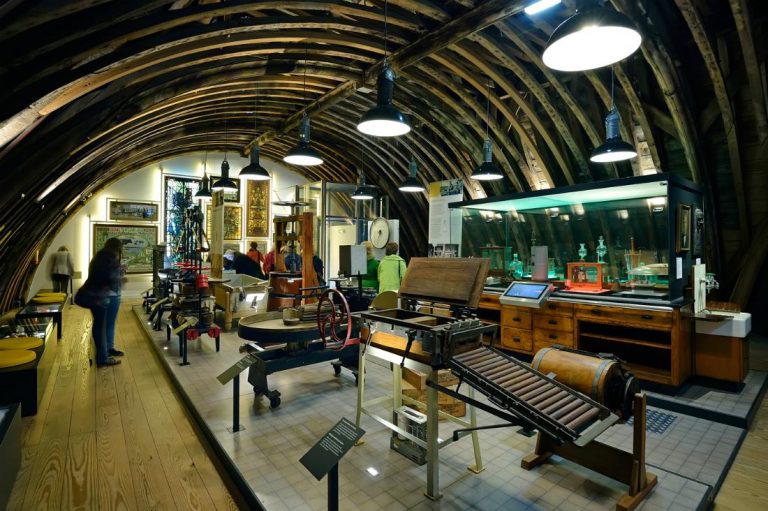
There are many interesting museums too in Alkmaar including the cheese museum, the beer museum and the Beatles museum.
Cheese farm visit:
Though most of the cheese is now made in the factories in the Netherlands, some farms (hoeves) still do remain and they are open to a tour and tasting.
Some of the farms are:
The Henri Willig group has been producing traditional cheeses in their own dairies since 1974. They have gained recognition internationally due to their premium quality and their variety of flavours. They export cheese to over 30 countries and welcome millions of visitors in their shops and cheese farms.
Henri Willig has 3 ‘Hoeves’ which can be visited easily from Amsterdam. Two of them are:
Catharina Hoeve at Zaanse Schans:
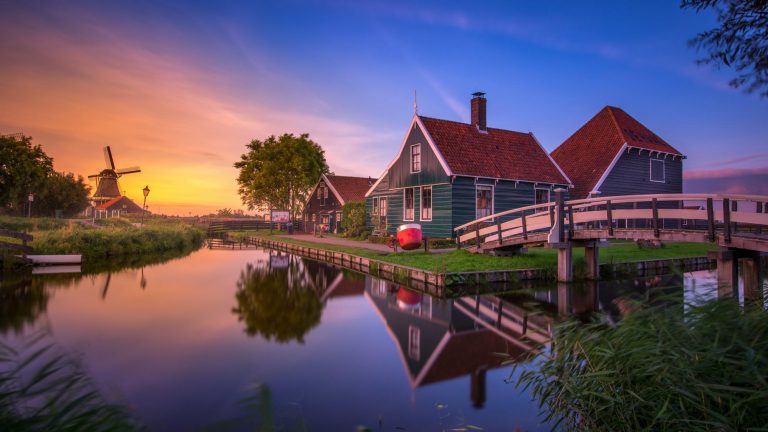
At this farm, the staff explains in detail about the Henri Willig cheeses and there is a live demonstration of cheese-making.
Alida Hoeve Volendam:
Apart from tasting the cheese, you can also get some recipes and visit a shoe factory on the premises.
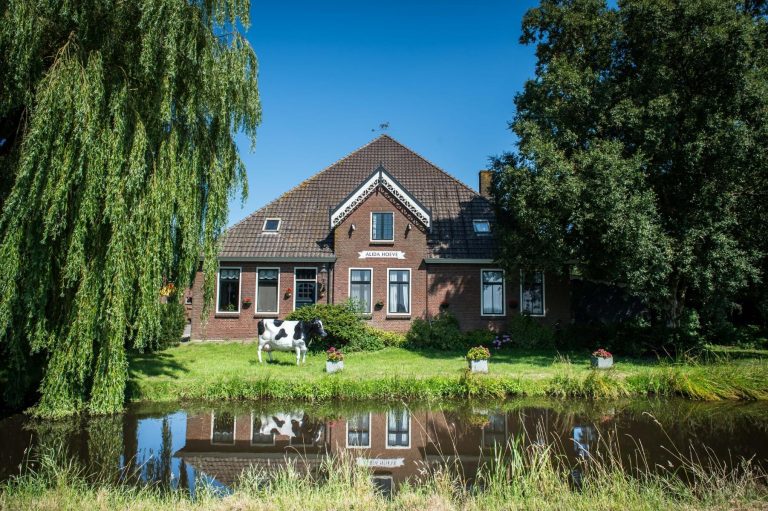
Clara Maria cheese farm and clog factory:
This is a 170 year old cheese farm in Amstelveen. There are guided tours for visitors to learn about the cheese production as well as clog making from blocks of wood. A tasting of fresh cheese is offered and it is also possible to do a workshop on cheese making.

This is a 300 year old family business making artisanal cheeses from raw milk. A guided tour and workshop are offered at the farm in Streefkerk.
This is a fifth generation family farm in Oudewater, where they have been making farmer’s cheese since 1847. It is one of the very few organic cheese farms still existing in the Netherlands.
Sightseeing in the Netherlands:
Amsterdam, the capital city, is itself a very picturesque city with its canals, bistros and breweries. The other famous attractions are:
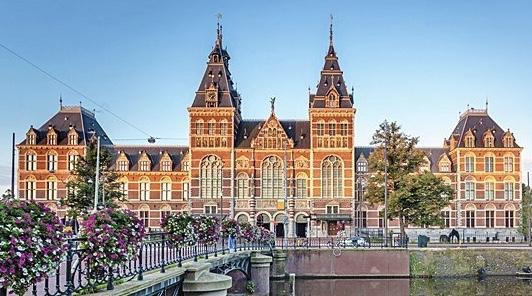
Located in Amsterdam, this is a world famous museum, displaying collections of rare paintings and antiques from 1809 onwards. Some of the most impressive paintings by the ‘Old Masters’ are found here.
Known as the ‘Garden of Europe’, Keukenhof draws millions of visitors to enjoy the spectacular sight of the blooming Tulips. It is the largest public garden in the world displaying around 700 varieties of Tulips, at their best in April and May.
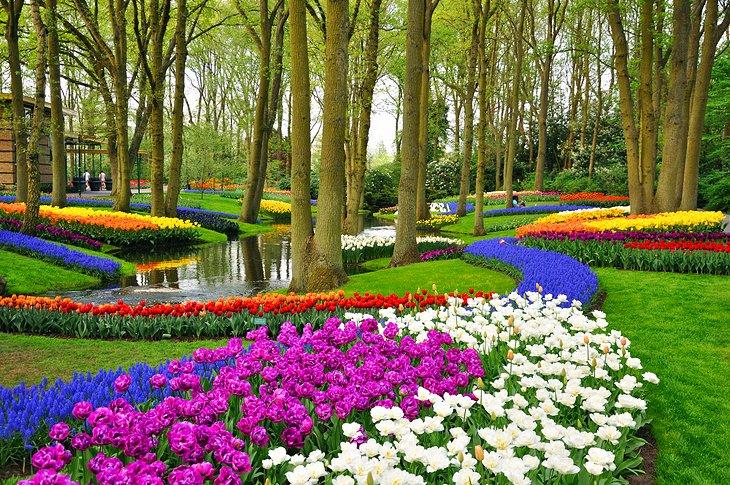
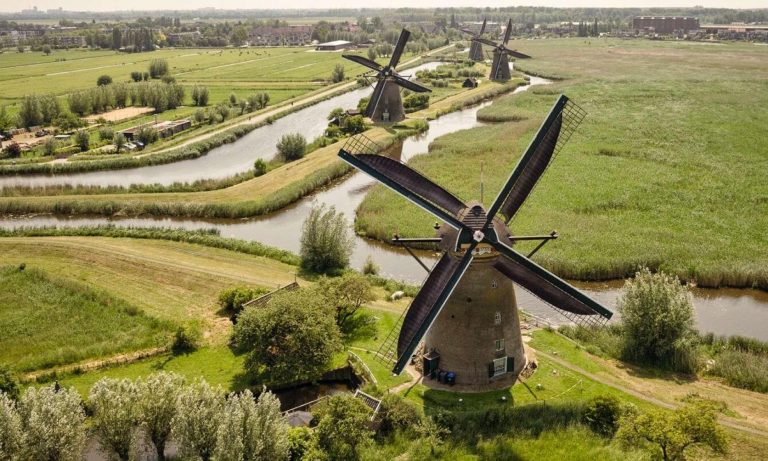
This is a Unesco world heritage site, displaying 19 very well preserved windmills dating from the 18th century. It is open every year from April to October.
Giethoorn is an idyllic, tranquil village with quaint thatched roof cottages along pretty waterways and wooden bridges. Being car free, it can only be explored by foot, boat or bicycle. It can be reached from Amsterdam by car, bus or train in around 90 minutes.

Some other attractions are:
Van Gogh Museum
Rembrandt Museum
Anne Frank House
Zaanse Schans (20 min by car)
Volendam (20 min by car)
Iconic Dutch items:
Stroopwafels: (Syrup waffles)

A stroopwafel is made up of two thin, circular waffle cookies sandwiched with sweet, sticky, caramel-like syrup. It is a signature Dutch treat, now world famous and originally created in Gouda in the 19th century.
Clogs:
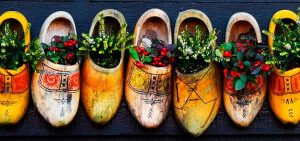
Clogs (wooden shoes- Klompen) have been an important part of Dutch culture and heritage since 800 years. They are still popular in the rural farming areas as they are great for walking on muddy ground and can be easily removed. Clogs are made from different kinds of wood and are often painted. They are available as souvenirs across the country.
Delft Blue Pottery:
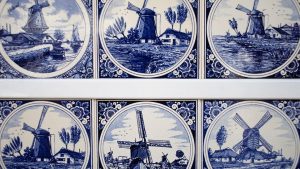
Delft Blue is the world famous earthenware from the city of Delft since the 17th century. It was very popular between the 17th and 19th centuries and was collected by rich families.
Nowadays only a few factories are existing, one of them being Royal Delft in Delft, which can be visited to experience the craftsmanship, history and the production process of this hand painted pottery.
Brussels: 4 nights
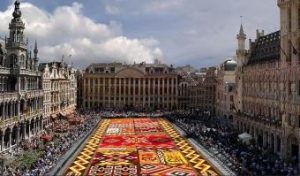
Brussels, the capital of Belgium, is also the seat of the European Union. It is the cultural and culinary capital of the country. Brussels attracts many visitors due to its museums, beautiful parks and historic architecture. Tourists from across the world also visit to savour the gastronomic specialities of Belgium i.e.chocolates, beer and waffles.

Belgium has a reputation of producing some of the finest chocolates in the world. The history dates back to 1635 in Ghent, when chocolate was first made by pharmacists. Today, Belgium is the second largest exporter of chocolate in the world, making it an important part of the economy.

The chocolates are made from the highest quality ingredients (the cocoa beans are imported from Latin America,Africa and Asia) and using exclusive production methods. The chocolates have a high cocoa content and 100% cocoa butter. Belgians are very passionate about their chocolates and so, you can find some of the world’s best chocolatiers in Belgium.
Chocolate days in Brussels, visiting and tasting:

In 1857, it was Jean Neuhaus who first introduced chocolate to Brussels. His grandson inherited his passion and created the first Praline (a filled chocolate with a soft centre of nuts, ganache or dark chocolate and covered in a shell of white or milk chocolate). Its luxury gift boxes (ballotin) are a coveted present.

Neuhaus’ commitment is apparent in its wide range of chocolates made entirely in its atelier near Brussels. It sells its delicious treats from 1500 shops in 50 countries.
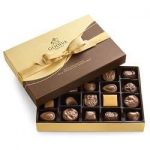
Started in Brussels in 1926, Godiva is now synonymous with luxury and prestige in the world of chocolates. Its iconic creation was the Truffle in 1946, an intense dark chocolate mousse in fine dark chocolate rolled in pure cocoa powder.
Even today, its chefs combine amazing flavours with fine textures, creating masterpieces out of the finest ingredients. Godiva now has a presence in 80 countries worldwide.
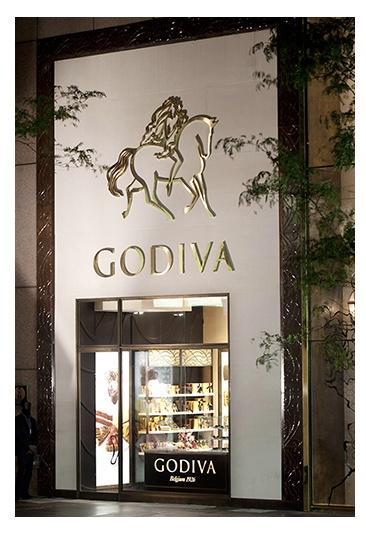
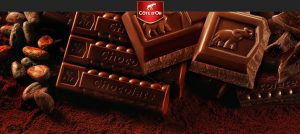
Founded in 1883, Côte d’Or is a Belgian icon. Its nut chocolates, bars and toffees are a specialty and a connoisseur’s delight. The flavours are intense and original.
Belvas:

Belvas is renowned for being the first 100% organic chocolate factory. It has won the ‘most ecological company of Europe’ award for its social commitment towards organic chocolate. Belvas makes gluten free and sugar free options too.
Callebaut has been crafting chocolates from bean to bar since 1911. The chocolates are made using the finest ingredients grown by sustainable cultivation methods in West Africa. Callebaut is very popular with pastry chefs, confectioners and bakers for its range of chocolate used in food.

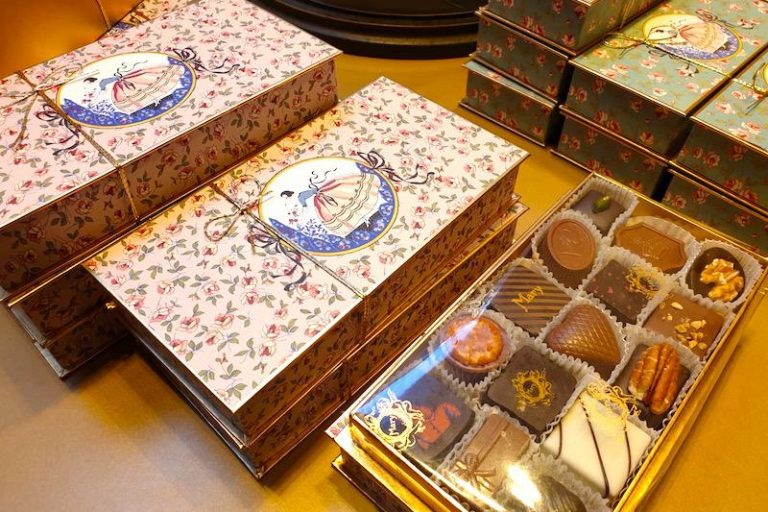
Mary was established by the first woman chocolatier called Mary Delluc in 1919. It makes some of the best artisanal chocolates in Belgium. The original boutique is unique, with interiors done in an Art Deco style tea salon. The packaging is also very pretty.

Established in 1995, Pierre Marcolini is a haute chocolaterie. Pierre was awarded the best pastry chef title in 2020 for exceptional quality and creativity in his chocolates and pastries. He is one of the few chocolatiers who roasts his cocoa beans himself and transforms it into chocolate in his own workshop. His chocolate bars, spreads and pastries are also immensely popular.

Guylian is one of Belgium’s leading mass produced chocolate manufacturers. Its chocolates are sold in over 120 countries and is famous for its iconic SeaShell chocolates. Founded in 1958 by Guy and his wife Liliane, its marbled seashells tell the story of their immortal romance. The shell is made out of a mix of white, milk and dark chocolate and the filling is of roasted hazelnut.

This is one of the largest chocolate museums in the world. The visit provides insight into the history and manufacturing process of chocolate in Belgium. There is an exciting reproduction of a tropical greenhouse required for the cultivation of cocoa beans. And there is a workshop and tasting to end the experience.
A day trip to Ghent and Bruges:

Ghent (55 min by car or 35 min by train from Brussels) is a vibrant city, historic yet contemporary. The medieval architecture, music festivals, beer and chocolates are a major draw for the tourists. The city is a jewel of the Flemish region.
On a walking tour, many artisanal chocolateries can be easily visited.
Van Hoorebeke Chocolatier
Daskalidès
Yuzu
These two places offer chocolate-making workshops which leave you on a high of sugar!
Van Hecke f Chocolaterie
Hendrik Mesuere
Bruges/Brugge (45 min by car or 30 min by train from Ghent) is also referred to as ‘the Venice of the North’. Its historic city centre is a Unesco world heritage site. It is a romantic city with its cobbled alleys running alongside pretty canals, beautiful squares and medieval architecture.
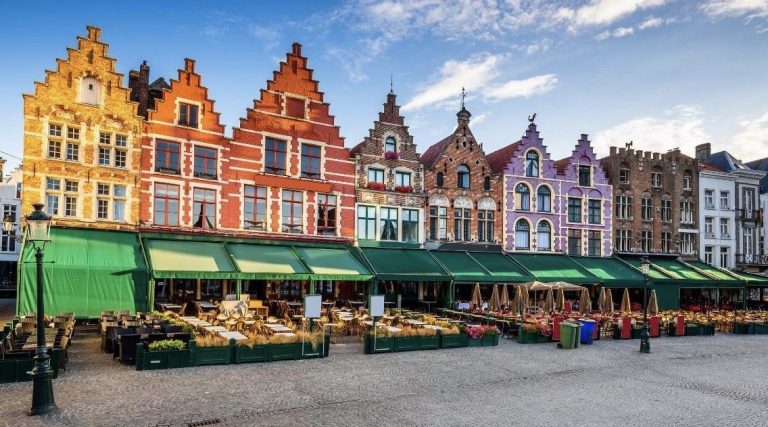
Chocolates, beer, waffles and frites are a must. In fact, it can lay claim to being ‘the chocolate capital of the world’. Satisfy your sweet cravings at any of the following shops.
Dumon Chocolatier
The Chocolate Line
The Old Chocolate House
Pol Depla
Leonidas
Things to do in Brussels:
The Grand Place (Grote Markt):
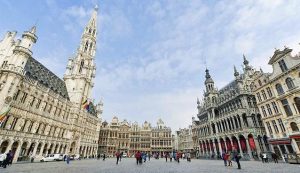
One of the best preserved plazas in Europe, it’s architectural grandeur reflects the Baroque style with some Flemish influences. It is a Unesco world heritage site.
Manneken Pis:

This is Brussels’ best known landmark, popularly referred to as ‘the oldest citizen of Brussels’.
Belgian Beer:
Belgium has the greatest diversity of original styles of beer and a unique brewing tradition. There are many breweries and pubs across the country, serving around 1500 varieties of local beer. There are sweet, fruity, bitter and spicy beers served in an amazing range of glasses to bring out their special flavours.

Belgian waffles:
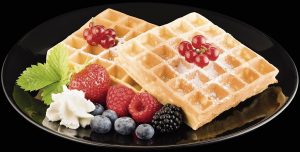
Along with chocolates and craft beers, waffles are Belgium’s culinary gift to the world. They are enjoyed across the oceans and continents, in various forms and at different times. So, when in Brussels, eating waffles is a must have experience. There are mainly two types of waffles – Brussels waffles and Liege waffles. They are available in cafés, bakeries as well as food carts, eaten not at breakfast but as a snack in the afternoon or as dessert.
Having indulged in the culinary delights of Netherlands and Belgium, this culinary journey ends with an onward connection from Brussels.

